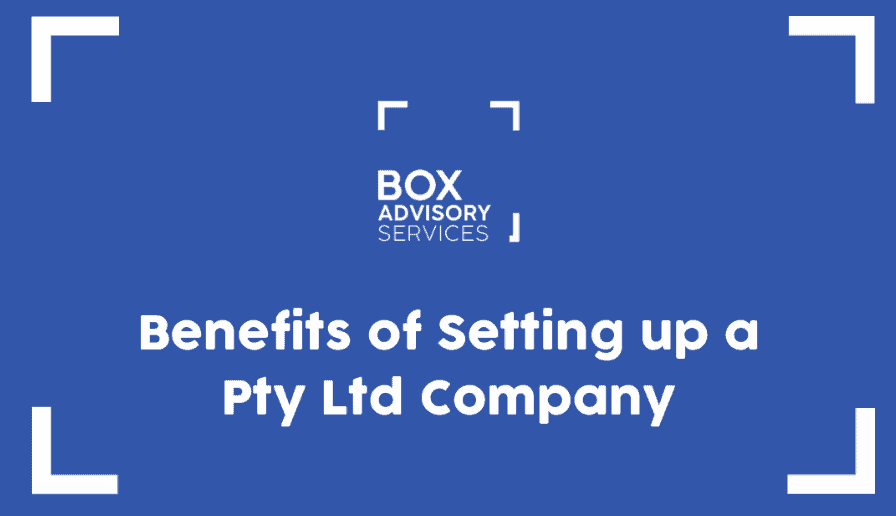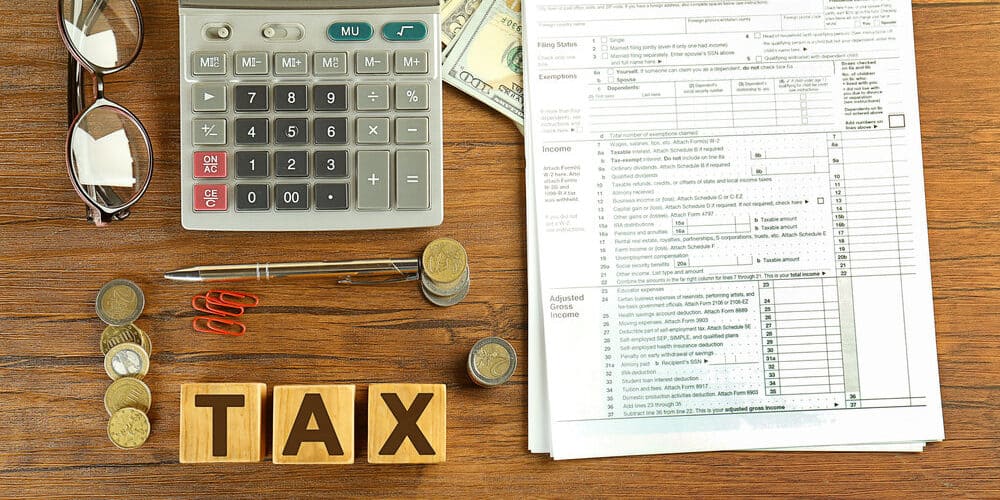
BY
|
BAS Statement Dates in Australia
If you’re a GST-registered business, it’s that time of year again when you (or your accountant) need to prepare and submit a business activity statement to calculate your GST obligations or the GST refund you’re entitled to from the Australian Tax Office (ATO).
Hiring a BAS agent or tax agent can provide extended due dates for a BAS lodgement, reducing the stress of meeting deadlines. We can also help with the process, providing advice on BAS due dates, helping avoid errors, securing extensions for lodgement, and ensuring compliance with GST and PAYG obligations.
We don’t want you to be having sleepless nights over lodging your business’s BAS statement, so we’ve created this ultimate guide to show you how to do a BAS statement, how to lodge it correctly and on time.
What is Goods and Services Tax?
Goods and Services Tax (GST) is a broad-based tax of 10% applied to most goods, services, and other items sold or consumed in Australia. Businesses registered for GST are required to include this tax in the price of their goods or services and then report and remit it to the Australian Taxation Office (ATO) through their Business Activity Statement (BAS).
GST is not a cost to registered businesses, as it is collected from customers and passed on to the ATO. Businesses can also claim credits for any GST paid on business-related purchases, helping to offset the total amount payable.
Does Your Business Need to Register for GST?
Small businesses will need to register for GST if they reach the thresholds prescribed by the ATO.
In general, businesses earning over $75,000 must charge 10% GST on most goods and services, so you’ll need to register for GST. However, if you operate a non-profit organisation, the turnover threshold is $150,000.
The threshold doesn’t apply to a business providing taxi or ride-share services like Uber. As an Uber driver, you must register for GST no matter how much money you turn in each year.
What is a Business Activity Statement (BAS)?
Once you’ve registered your business for GST, you must add GST to everything you sell (unless the item is classified as tax-free, such as milk or education services).
GST is a type of services tax that businesses must report in their BAS.
To record the amount of GST your business has collected, you’ll need to prepare a business activity statement.
The BAS statement also contains a report on your business’s other tax obligations, such as:
- PAYG Withholding
- Pay As You Go Instalments
- Fringe Benefits Tax
- Luxury Car Tax
- Wine Equalisation Tax (only applicable to wine manufacturers, wholesalers and importers)
- Fuel Tax Credits
BAS Payment Due Dates
Understanding BAS reporting cycles is crucial for every GST-registered business. The Australian Taxation Office (ATO) determines your reporting cycle based on your business’s annual GST turnover.
There are three main reporting cycles: monthly, quarterly, and annual. Knowing which cycle applies to your business ensures you lodge your BAS on time and comply with ATO regulations.
Tip: Did you know that you can change your reporting and payment cycle to suit your business needs better? You can also set up a payment plan with the ATO if you need more time to pay.
Monthly BAS Reporting
Monthly BAS reporting is typically required for businesses with a GST turnover of $20 million or more.
If your business falls into this category, you must lodge your BAS by the 21st day of the month following the taxable period. For instance, the July monthly BAS is due on August 21st. Managing monthly BAS requires a robust accounting system to keep track of your GST obligations and ensure timely lodgement.
Quarterly Reporting and Payment Cycle
Quarterly BAS reporting is the most common cycle for small businesses. The due dates for quarterly BAS are:
| Quarter | Reporting Period | Lodgement Due Date |
| First-quarter | July – September | 28 October |
| Second-quarter | October – December | 28 January |
| Third-quarter | January – March | 28 April |
| Fourth-quarter | April – June | 28 July |
Annual Tax Period
The annual tax period spans from July 1 to June 30. Businesses that opt for annual reporting must keep detailed records of their GST transactions throughout the year. The due date for the annual BAS is the same as the due date for your tax return, making it essential to have all your financial information organised and ready for submission.
PAYG Withholding and Pay GST on Your BAS Statement
PAYG withholding is a system of withholding tax from certain payments to employees and contractors.
The reason for the system is so that the business pays employees net wages to the employee’s bank account, and the tax is paid directly to the ATO on behalf of the employee or contractor.
This allows the ATO to collect the tax for the employees throughout the year. You must do this correctly, or the employee cannot lodge their income tax returns at the end of the financial year
According to the ATO, you must withhold PAYG on the following payments:
- Payments to employees, company directors and officeholders
- Payments to workers under labour-hire agreements
- Payments under voluntary agreements
- Payments where an Australian business number (ABN) has not been quoted in relation to a supply.
You must report these withheld amounts in the PAYG tax withheld section of your BAS and pay all withheld amounts to the ATO.
Pay As You Go Instalments
To keep your business cash flow strong, you may wish to make regular tax payments (i.e. instalments) toward your annual income tax bill, so that you are not left to pay one huge bill after submitting your return.
In order to offset your instalment amounts from any tax you owe for the year, you must reflect the payments on your BAS statement.
According to the ATO, you must lodge your activity statements and pay all your PAYG instalments before lodging your tax return to ensure that the instalments are considered in your tax assessment.
If you made a profit and paid income tax last year for the business, the ATO will automatically register you for PAYG instalments this year. The ATO will ask you to pay PAYG installments similar to the amount you paid in income tax last year plus inflation.
Note, in your first and/or second year in trading, you wouldn’t need to deal with PAYG instalments as you haven’t generated a profit yet.
Step-By-Step Guide on How To Do a BAS Statement
The ATO has simplified how to do a BAS statement to make it as painless as possible.
Step 1: Organise All Your Business Activity Information
Preparing your BAS statement can be daunting if you don’t keep up to date with your business’s income and expenses. So, keep track of all your documentation because that is the key to keeping this process as simple and pain-free as possible.
In step one, you’ll have to ensure that your financial records match the information on your BAS statement.
You’ll need to track how much GST your business collects on sales and how much it spends on purchases.
However, you can only claim GST credits on your business-related purchases. So, you can claim a GST credit for the loan repayments on your work vehicle, but not on the loan repayments on your daughter’s car.
While it’s unnecessary to submit any of your tax invoices, it’s good to keep them organised and on hand, should the ATO require seeing them later.
It would be helpful to utilise accounting software to keep your records organised. You can access all this information through Xero, Quickbooks, MYOB or any other accounting software.
If you don’t have accounting software, you can simply track the information on a spreadsheet to keep it organised and accessible.
Step 2: Prepare Your BAS
Your BAS statement is a simple form summarising the GST and other taxes you’ve withheld during the relevant quarter.
For most small businesses, your BAS statement form will contain the following information:
- the amount of GST you owe to and/or claiming from the ATO;
- the amount of PAYG tax you’ve withheld from employee wages;
- the amount of PAYG instalments you’ve made throughout the year and
- any adjusted figures or variations from the past quarter due to an error on your previous BAS submission.
If your business is reporting on luxury car tax, fringe benefits tax, wine equalisation tax, or fuel tax credits, this will also have to be included in your BAS statement.
Step 3: Lodge Your BAS
You can either lodge your BAS statement:
- using your business’s online accounting software such as Xero or Quickbooks;
- through your myGov account;
- via the ATO’s online business portal; or
- by having a registered tax agent complete and lodge it for you.
Understanding the process of lodging and paying the BAS is crucial to ensure compliance with the ATO.
Penalties for Late Lodgement
Failing to lodge your BAS on time can result in significant penalties and interest charges. The ATO may impose a penalty of up to $1,110 for late lodgement, depending on the circumstances. Additionally, interest may accrue on any unpaid tax liabilities. To avoid these penalties and ensure compliance with the ATO, it is crucial to lodge your BAS on time.
Do Sole Traders Need To Know How To Do a BAS Statement?
As a sole trader, if your turnover is less than $75,000 you are not required to lodge a BAS statement to the ATO. However, you will need to report on your income and expenses in your annual tax return – so it’s worth also keeping track of all your documentation and records.
If you turnover more than $75,000, you will be required to submit a BAS statement. Sole traders must pay BAS to the ATO to report and pay their GST, PAYG instalments, and other tax obligations.
Note, however, Uber drivers and other ride share companies must submit a BAS statement regardless of whether they earn below $75,000. Understanding when and how to pay GST is crucial to avoid common mistakes, such as incorrect GST on GST-exempt sales and timing issues.
Key Takeaways
- Lodging a BAS statement is relatively simple and pain-free – especially if you’ve kept all your documents and records in order.
- You just need to remember the key lodgement dates for each quarter and submit your BAS statement using your preferred method.
- While you may be able to do a BAS statement on your own, it can be an immense help to bring in a registered tax agent or small business accountant to help you.
- If you’re not feeling sure about how to do a BAS statement or whether you’re reporting your tax obligations, you can reach out to us at Box Advisory Services.
Simply book a FREE consultation with a registered tax agent or give us a call to discuss how to do your BAS obligations.
See a full list of key deadlines for your tax obligations here.



